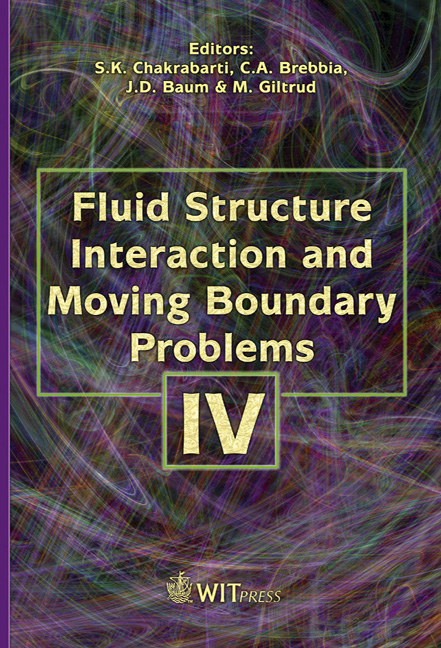Fluid Flow And Pressure Effects In Phase-field Models For Solidification
Price
Free (open access)
Transaction
Volume
92
Pages
8
Published
2007
Size
645 kb
Paper DOI
10.2495/FSI070261
Copyright
WIT Press
Author(s)
M. Conti
Abstract
We present an extension of the classic phase-field model to incorporate hydrodynamic effects and compressible fluid flow. The methods of the extended irreversible thermodynamics are used to derive the dynamic equations for the solidification process. We present also some numerical solutions of the model, which show to what extent the crystal growth deviates from the pure diffusive description of the process. 1 Introduction The growth of a crystal from the melt is a complex phenomenon which involves many physical effects. The rejection of the latent heat (and solute, for alloy solidification), away from the solid-liquid interface is accompanied by the formation of thermal and solute boundary layers which strongly affect the morphological instability of the interface. Moreover across the interface the density changes, (the solid is generally denser than the liquid); the change ranges from a few percent for simple metals to more than 20% for some eutectic mixtures. The shrinking, or in some cases the dilatation, of the system causes an advection flow in the liquid phase. Then, even in absence of gravity, the purely diffusive picture for the conserved fields in the bulk phases should be extended, to incorporate hydrodynamic effects. Flow effects in solidification may be treated through an extension of the phase-field model [1]. In the classic formulation of the model, a non-conserved order parameter φ(x, t) characterizes the phase of the system at each point. A suitable free energy (or entropy) functional is then constructed, that depends on the order parameter as well as on the associate fields and their gradients.
Keywords





